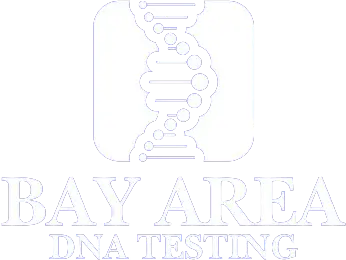Need Help ?
Schedule an Appointment
Non-Invasive Prenatal DNA Paternity Testing
Non-Invasive Prenatal DNA Paternity Testing offers a safe and reliable method to determine paternity early in pregnancy, without the need for invasive procedures. Through a simple process, DNA samples are collected from the alleged father’s cheeks using a buccal swab and from the mother’s blood. This testing is ideal for those who seek prompt answers and wish to avoid the risks associated with procedures like Amniocentesis or Chorionic Villus Sampling. However, it’s important to note that this test cannot be conducted in cases of multiple pregnancies. With its accuracy and legal admissibility, Non-Invasive Prenatal DNA Paternity Testing provides peace of mind and resolves paternity disputes efficiently.
Early Pregnancy Paternity Determination
Provides peace-of-mind during early pregnancy.
Non-Invasive Procedure
No risk to the mother or fetus involved.
Accurate Results
Obtained from DNA cheek swabs.



How We Can Help?
Our laboratory provides comprehensive and confidential prenatal DNA paternity testing services that are admissible in court. We employ the latest advancements in scientific methods and utilize state-of-the-art DNA high-sequencing instruments to ensure accurate and reliable results. Our expert team coordinates sample collection efficiently, even in cases where donors reside in different states or overseas. We prioritize confidentiality and accuracy throughout the process, offering peace of mind to our clients. Whether you’re facing complex legal matters or seeking personal reassurance, our prenatal DNA testing services are designed to meet your needs with precision and professionalism.
Non-Invasive Prenatal DNA Paternity Test Process
Here’s a list of steps we follow in non-invasive prenatal DNA paternity test:
- Cheek swab for alleged fathers.
- Blood sample from mother.
- Early paternity detection, starting 8 weeks.
- Court-admissible and confidential results.
FAQs
Frequently Asked Questions about Non-Invasive Prenatal DNA Paternity Test.
No, it's non-invasive and safe for both mother and baby, posing no risk of miscarriage or harm during the procedure.
Testing can begin as early as 8 weeks into pregnancy, providing early peace of mind for expectant parents.
Yes, our advanced testing methods ensure highly accurate results, providing clarity and confidence to expectant parents.

